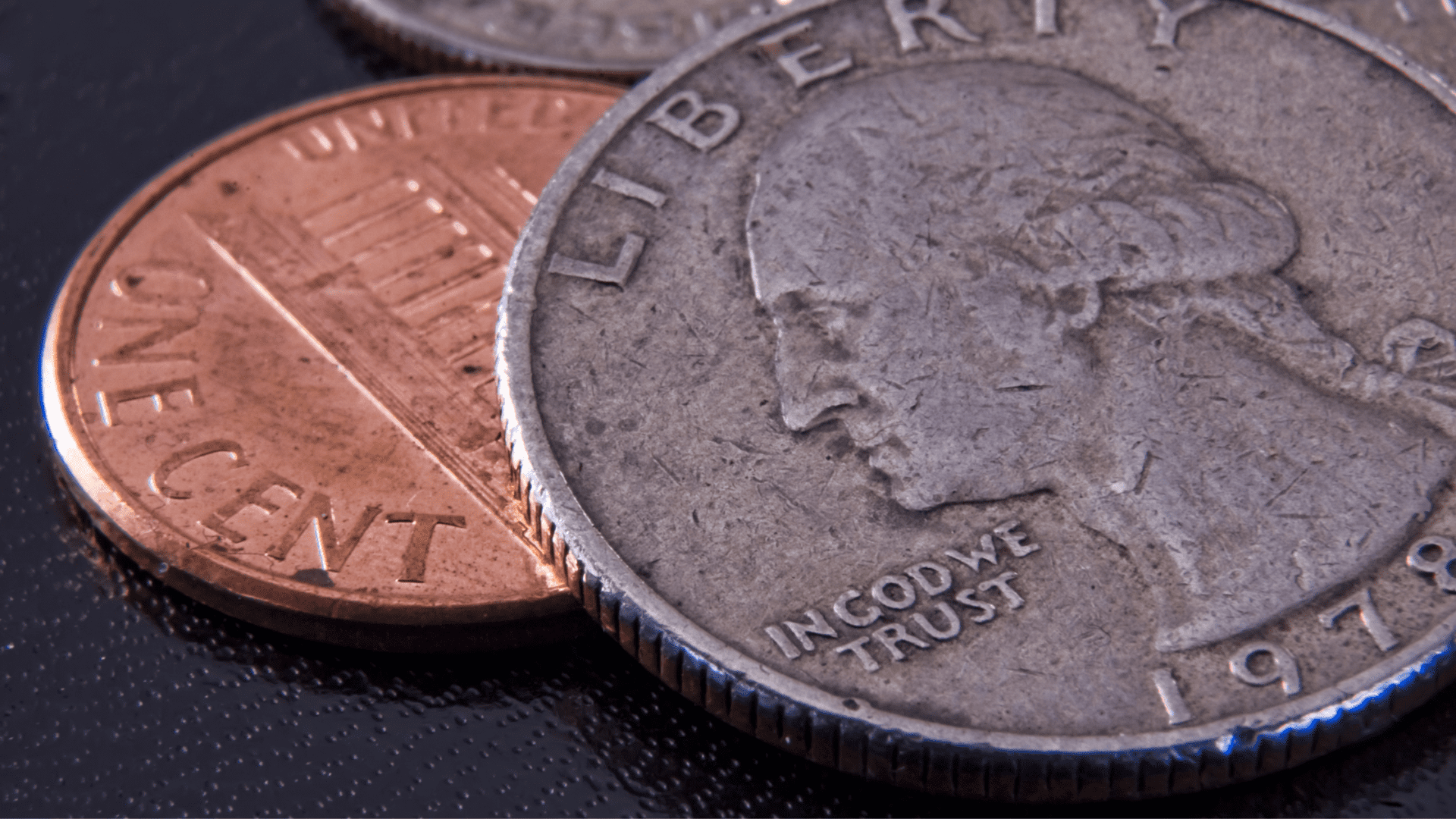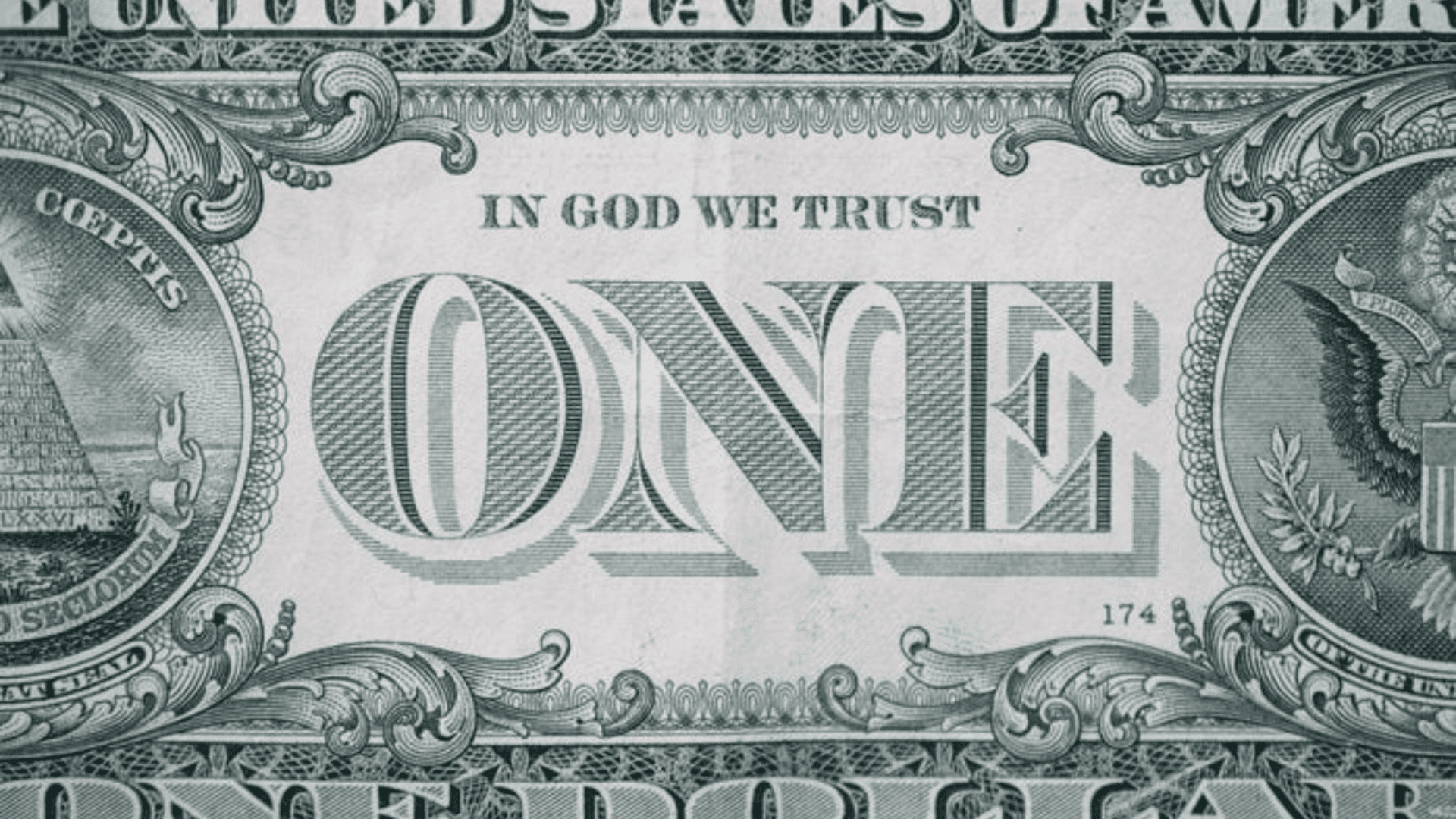Pennies, nickels, dimes, and quarters routinely jingle around in pants pockets, land in car cup holders, and collect at the bottom of handbags with little to no notice. But examining these forms of legal tender reveals interesting details on how and why they look the way they do.
US Coins: Smooth Edges vs. Ridged (Reeded) Edges
U.S. coins differ by size and imprint, but they also are minted with different treatments on their edges. A YouTube video from Insider Tech supplemented with data from the U.S. Mint’s official coin specifications, briefly explains the subtle distinctions among U.S. coinage.
Smooth Edged Coins
The edges of the following coins are smooth:
- Pennies
- Nickels
- Dollars
Reeded Edged Coins
The following have rims with tiny notches on them:
- Dimes
- Quarters
- Half-Dollars
The reasons for the presence or absence of ridges stretch back in history to the very onset of our country’s minting of coins. They also serve historical and practical purposes.
The History of Reeded Edge Coins
Historically, the ridges, called reeded edges, served as a deterrent to coin clipping—a practice in which individuals shaved off small amounts of precious metal, such as gold or silver, from the edges of coins.
Coins like dimes, quarters, and half-dollars were made of silver and their value was tied to their weight. The ridges therefore made it easy to detect if a coin’s edges had been tampered with, thus protecting its integrity and value, as reported by the U.S. Mint.
In contrast, coins such as nickels and pennies, which were made from base metals rather than precious ones, didn’t require such protections. Therefore, their edges are smooth. Their value was based on their face value, not metal content, making them less attractive targets for manipulation.
From Anti-Theft to Accessibility: The Evolving Role of Coin Edges
Today, ridged edges remain on coins like quarters and dimes, though they are now made from less valuable materials, such as a copper-nickel alloy. This continuity helps maintain tradition.
It also aids individuals, particularly those with visual impairments, in distinguishing between coin types through touch. Smooth edges on pennies and nickels continue to reflect their lower denomination and simpler design requirements.
This blend of historical necessity and modern practicality explains the differences in edge design among U.S. coins.
Coins aren’t the only legal tender with storied heritages. The following Banking+ stories illustrate what may be little-known details surrounding paper money of various denominations:



















